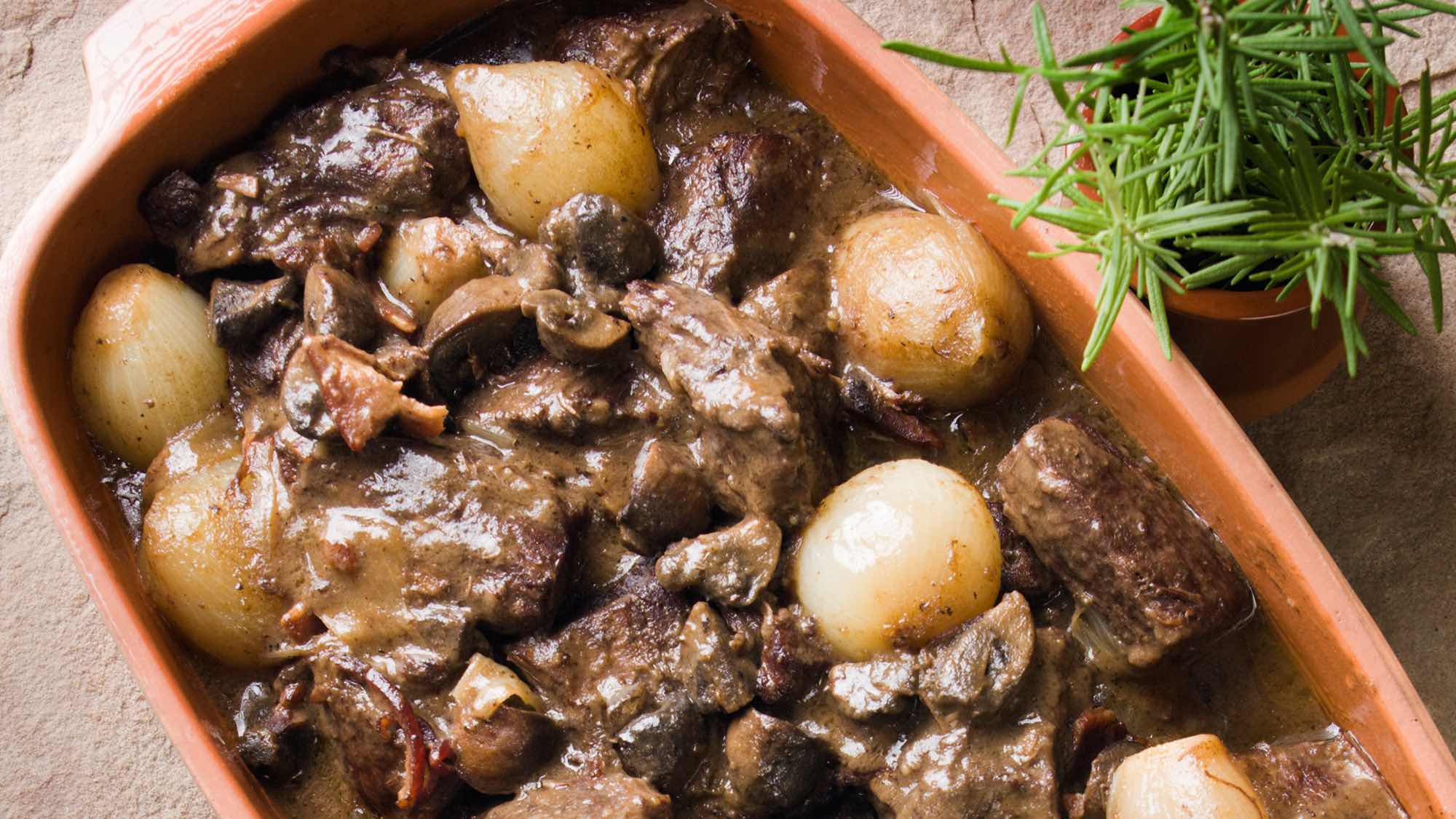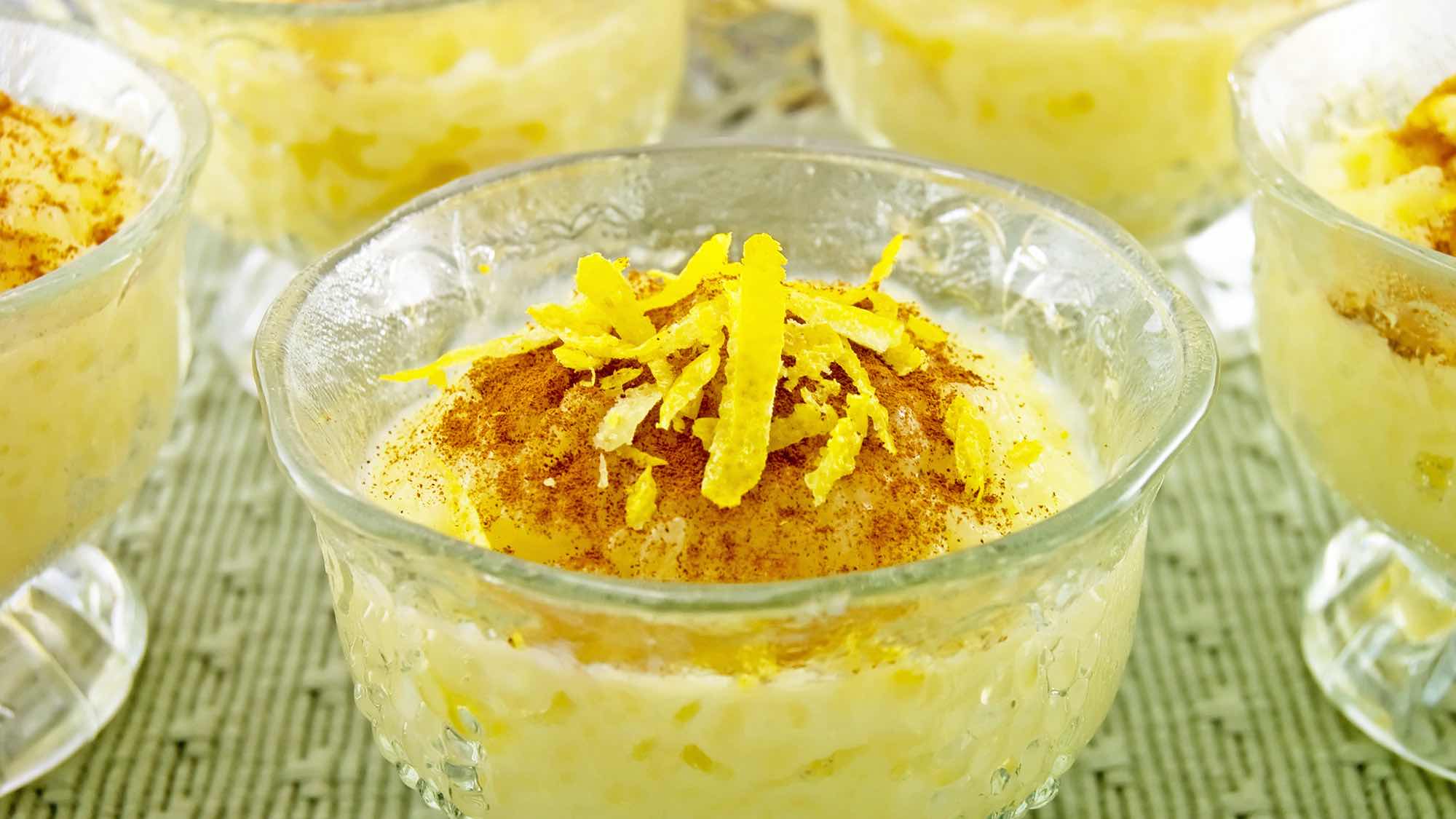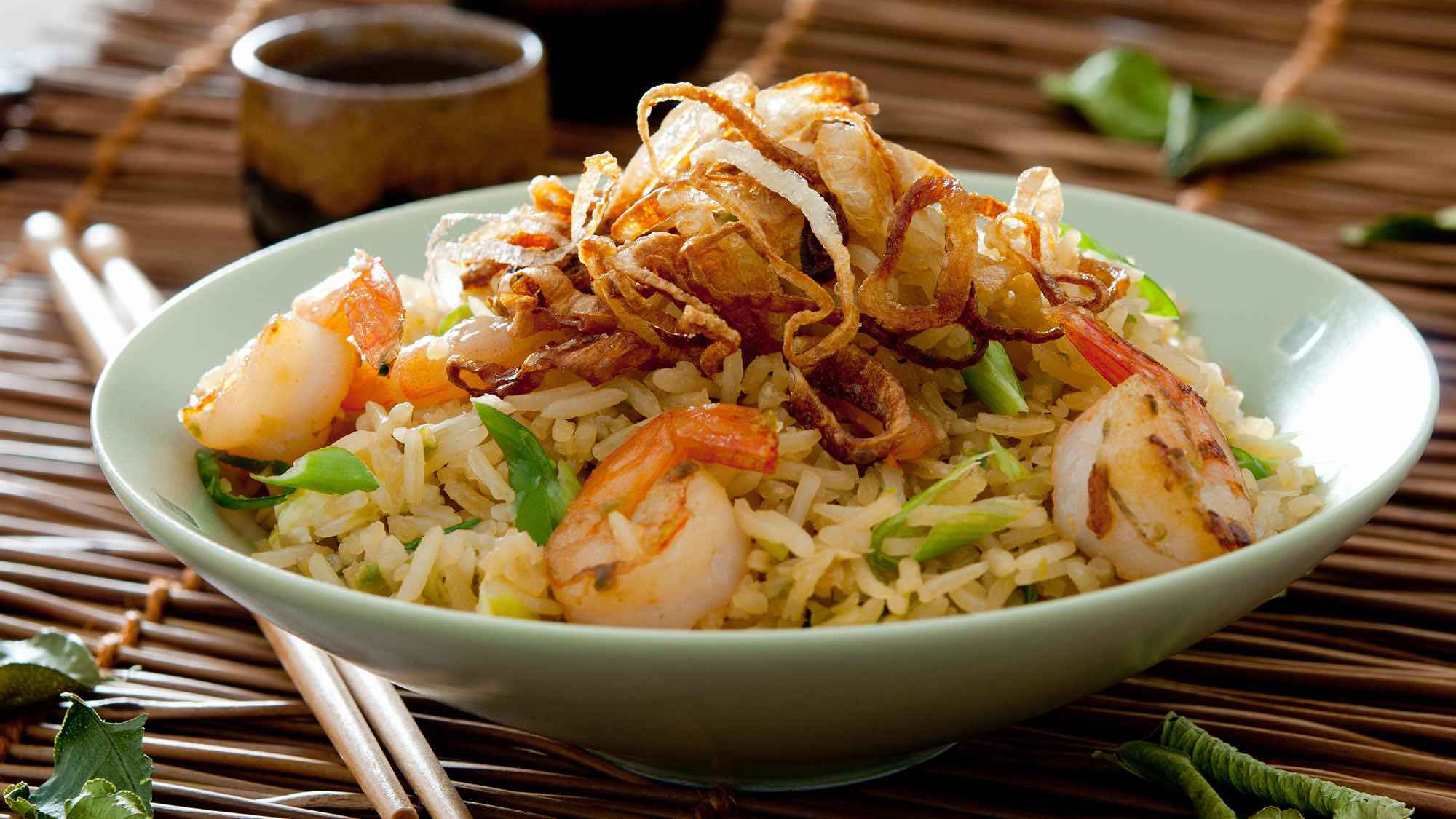Product
Similar Stories
Did You Know?
The unassuming bay leaf has been used in cooking for centuries, and is a lot more potent than you might first think. Hailing from the Mediterranean, it thrives particularly well in hot climates, which means that all those volatile, flavour-packed oils are sealed in when dried - ready to be released when crushed or steeped. Bay leaves not only enliven dishes on their own; they also play the perfect supporting act, bringing out the flavour of other herbs and spices, as well as meat and poultry.
Flavour profile
Dried bay leaves have a delicate, warm aroma, and you'll find them a lot less bitter than their fresh counterpart. Their taste is often likened to oregano and thyme, and the slightly medicinal, aromatic flavour works particularly well with warming spices like nutmeg and chilli flakes. Bay leaves are used much the same way as cinnamon sticks, in that they are intended to add another depth of flavour but aren't intended to be eaten. Most of the slightly sweet and cooling flavour lies in the intense oils imbibed within, which means crushing or tearing a bay leaf will release a flavoursome punch - so just be sure to remove before serving. By gently drying bay leaves and packaging into foil-sealed boxes by hand, we preserve as much of their original flavour, colour and subtle aroma as possible.
Best in…
The strength and flavour of bay leaves increases with cooking time, so they work best when used in slow, simmering dishes like stews and sauces. To add a subtle twist to classic gravy, try adding a few whole leaves to the stock as you bring to the boil. Crush into marinades for grilled or barbecued meat and poultry, or stir into bolognese sauce during cooking. For those with a sweet tooth, add a bay leaf into rice pudding for an added depth of flavour.
History
Bay leaves have been transforming dishes in all manner of cuisines for centuries - from Indian to Italian. In ancient Greece, the trees were so revered that their branches were used to crown their victors of battle, sport and the arts.
Did you know?
- The bay trees (or Laurus nobilis) that we use are grown wild. To harvest the leaves, the branches are cut to ensure new growth, and then dried in the shade before being packaged by hand
- Eugenol is the principal component in bay leaves, which provides the intense flavour
- A bay leaf should be large and whole, with a good green colour and no blemishes

Nutrition
Energy per 100g: 313 KCal
Protein per 100g: 7.6 g
Carbohydrates per 100g: 48.6 g
Fat per 100g: 8.4 g








